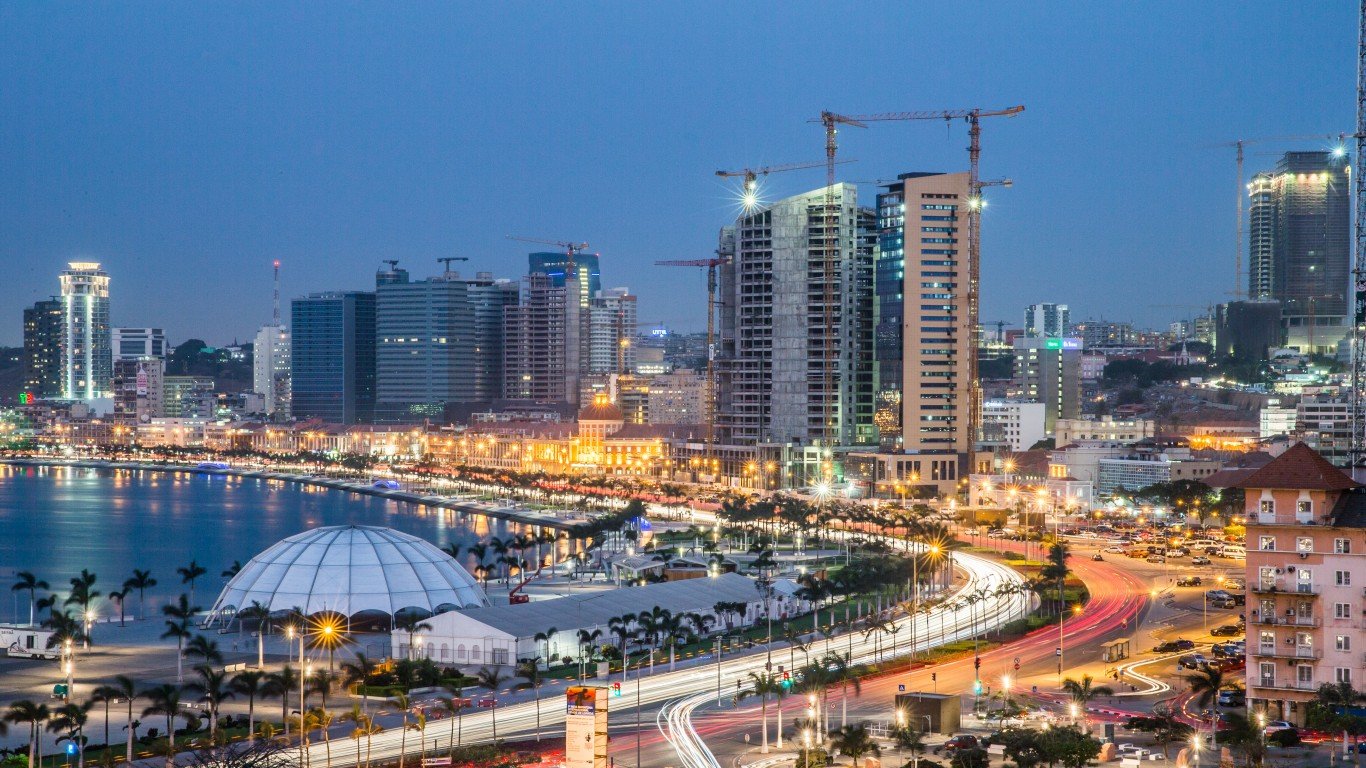
20. Luanda, Angola
> Population (2021): 8.63 million
More than half of this southwestern African nation’s population lives in coastal settlements or floodplains vulnerable to flooding. In Luanda, the capital, municipal risk maps reveal that more than 12% of the population lives in sections subject to coastal inundation and erosion. Efforts to ameliorate the situation are complicated by the fact that 98% of the nation’s meteorological stations, along with their climate records, were destroyed during the long Angolan civil war (1975-2002).
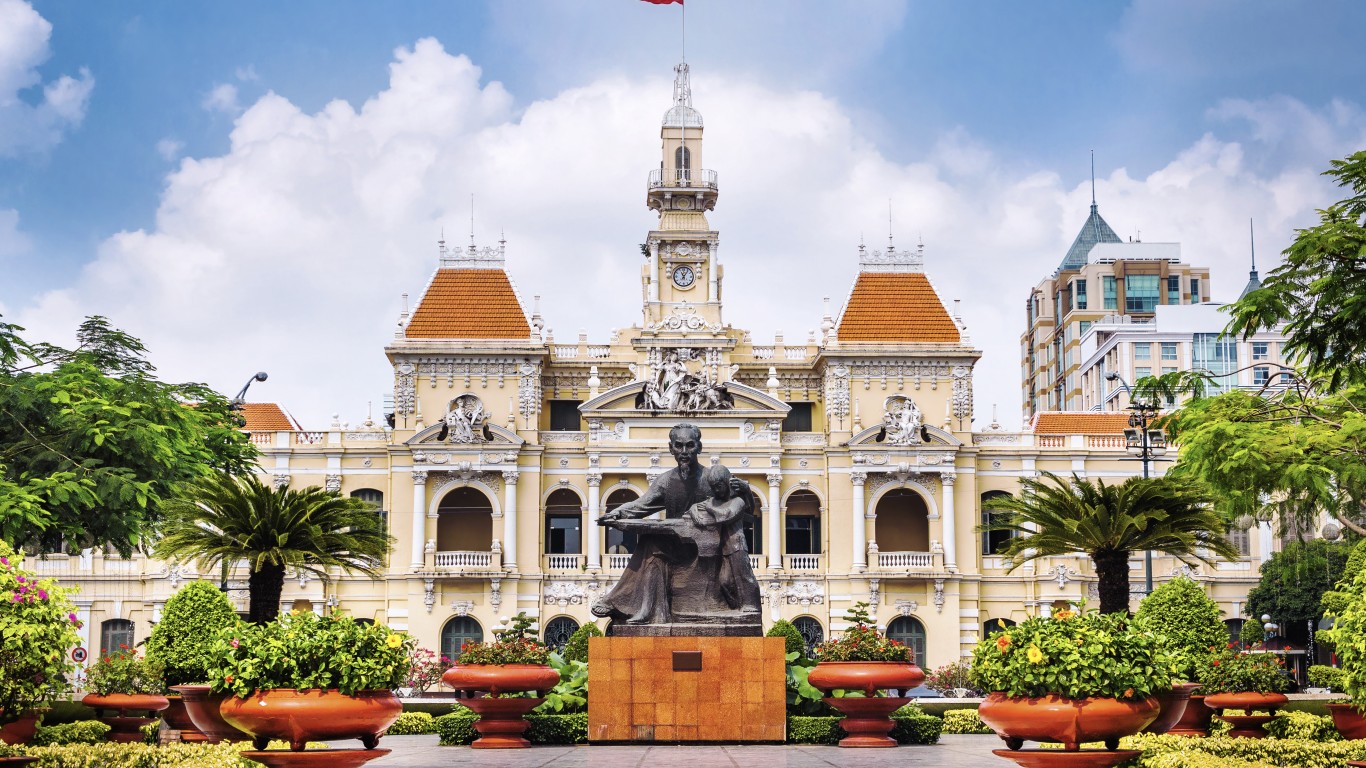
19. Ho Chi Minh City, Vietnam
> Population (2021): 8.84 million
The unregulated and inconsistently monitored extraction of groundwater from under the city for domestic use has caused the former Saigon to sink noticeably since the late 1990s. Overflow from the Saigon and Dong Nai rivers, along with high tides in the South China Sea and frequent heavy rainfall add up to make this one of the 10 world cities most vulnerable to inundation.
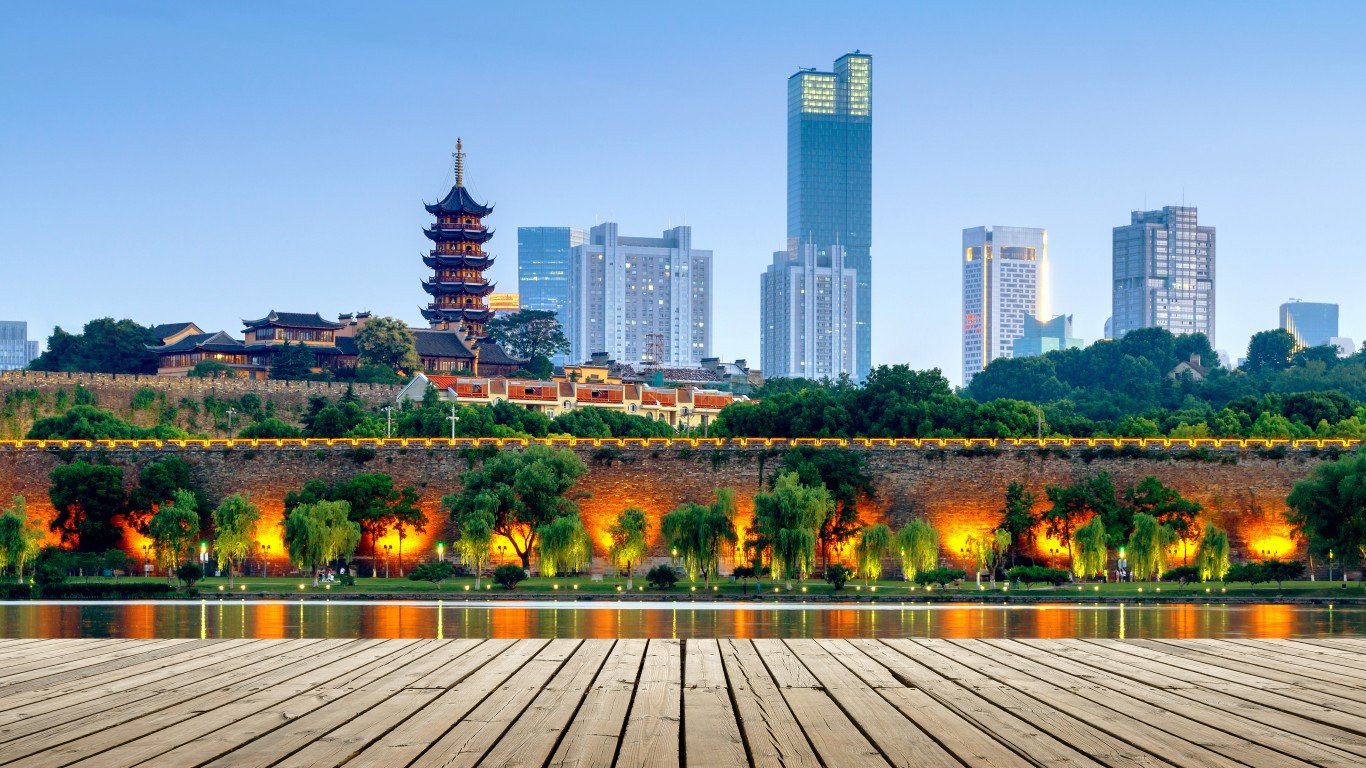
18. Nanjing, China
> Population (2021): 9.14 million
On the Yangtze River, northwest of Suzhou and Shanghai, Nanjing is a major economic, educational, and cultural capital, as well as being home to the world’s largest inland port. Like other cities in the Yangtze River Delta, it has flooded frequently and is considered at increased risk of catastrophic flooding as sea levels rise.
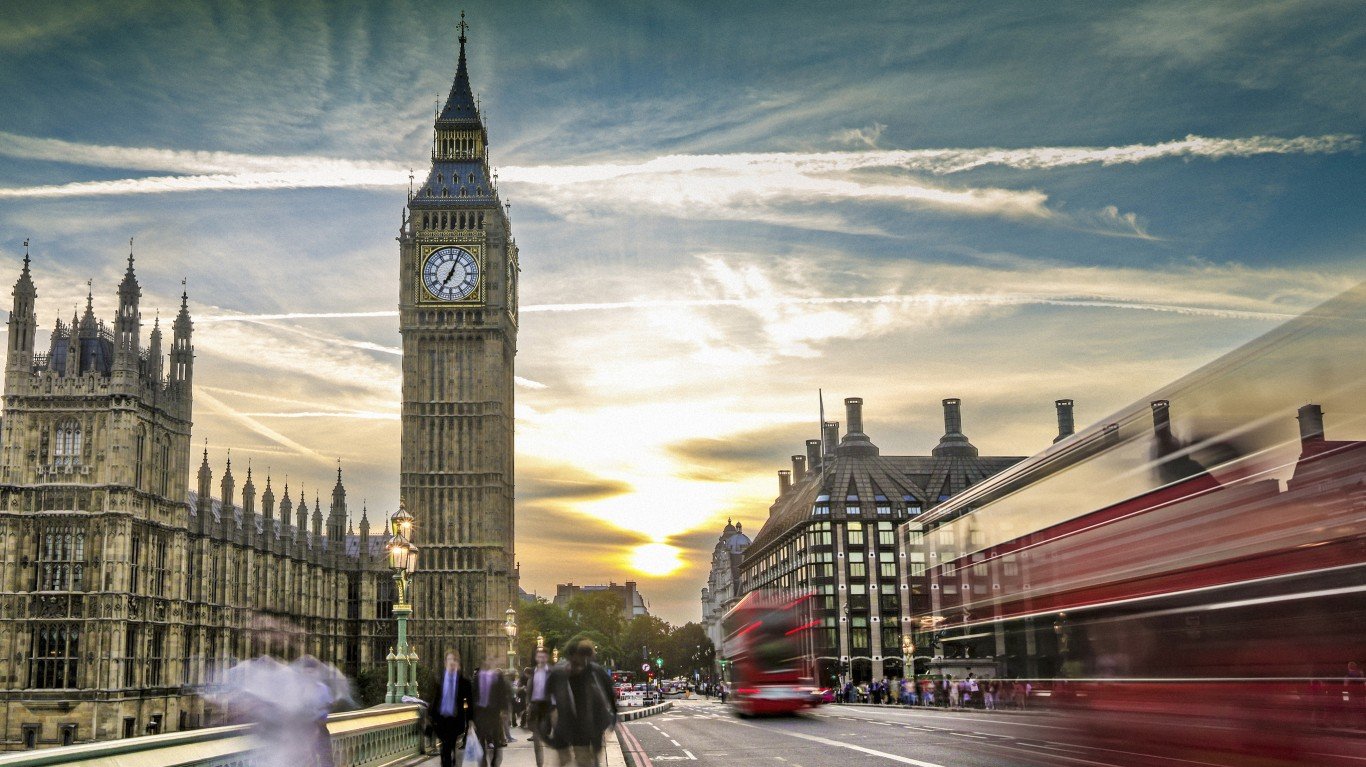
17. London, United Kingdom
> Population (2021): 9.43 million
At least a million Londoners live in a low-lying floodplain, and an estimated 16% of residential and business properties are said to be at risk from flooding of the Thames, a tidal river. The Thames Barrier, which can hold off tidal waters, was opened in 1984 and functions efficiently to keep the city above water. But it is now called into service much more frequently than originally intended, and some experts worry that it’s being overworked and will soon need considerable updating and strengthening.
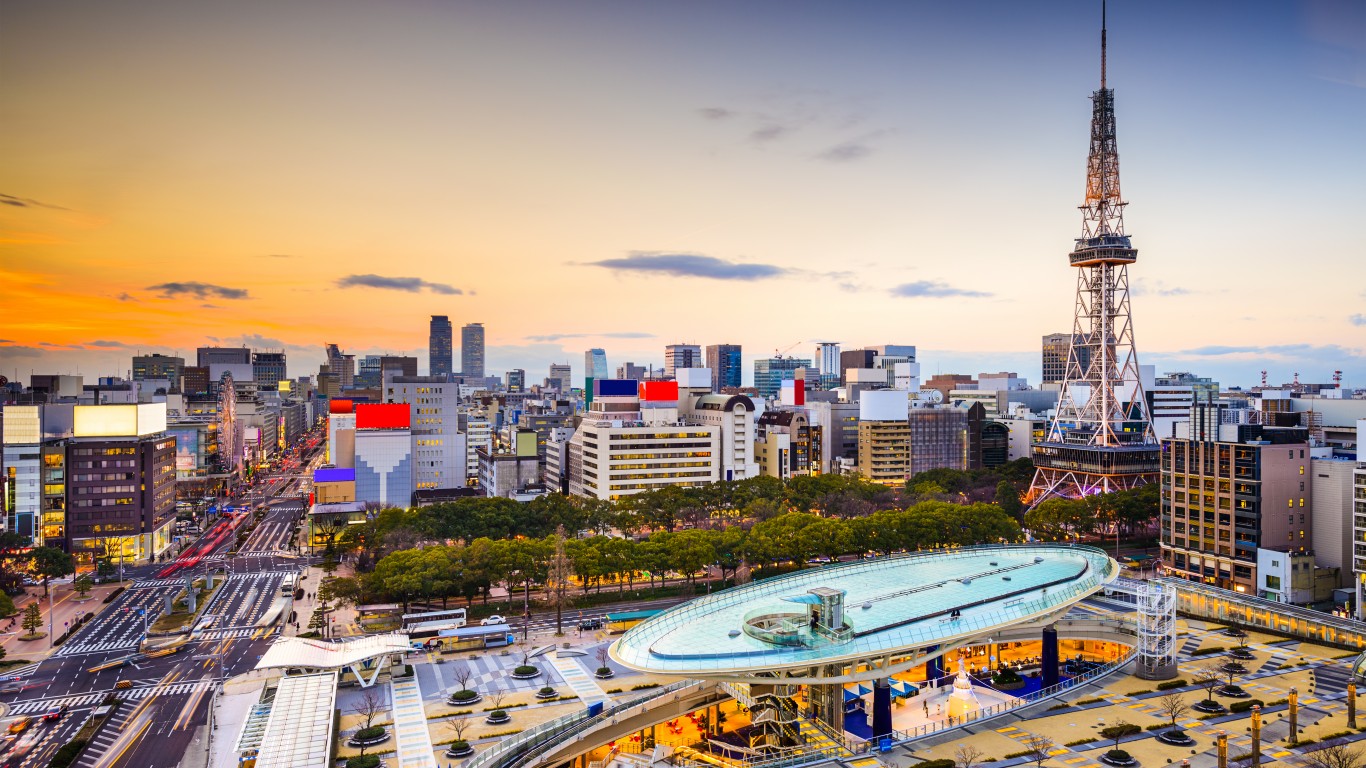
16. Nagoya, Japan
> Population (2021): 9.57 million
Japan’s fourth-largest city, important for its port and its manufacturing industries, is situated in a low-lying area near three rivers — the Kiso and the Shonai and the manmade (but 410-year-old) Hori. Floods have been a minor problem thus far, but could become a major one if sea level rise reaches two meters (just over six-and-a-half feet) as some projections suggest it could by 2100.






